Home>Furniture & Design>Interior Design Trends>What Is Pressed Glass
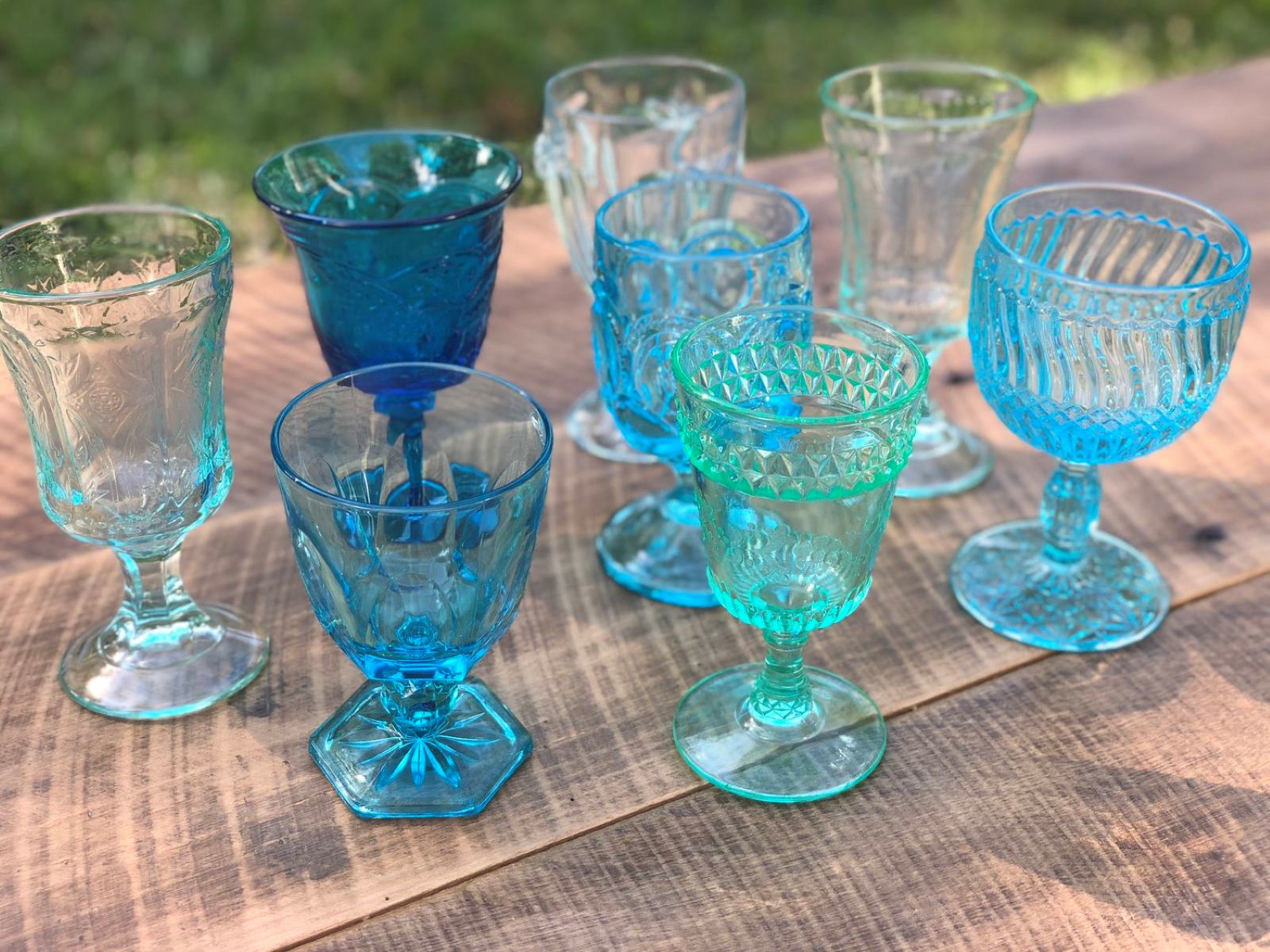

Interior Design Trends
What Is Pressed Glass
Modified: October 18, 2024
Discover the timeless elegance of pressed glass and its impact on interior design trends. Explore the beauty and versatility of this classic material.
(Many of the links in this article redirect to a specific reviewed product. Your purchase of these products through affiliate links helps to generate commission for Storables.com, at no extra cost. Learn more)
History of Pressed Glass
Pressed glass, also known as pattern glass or molded glass, has a rich and fascinating history that dates back to the early 19th century. This innovative glassmaking technique revolutionized the industry, making glassware more accessible to the masses and paving the way for a new era of design and functionality.
The origins of pressed glass can be traced back to the United States and Europe in the 1820s, where advancements in manufacturing technology led to the development of intricate molds that could produce detailed glassware at a fraction of the cost of traditional hand-blown pieces. This breakthrough allowed for the mass production of glass items, making them more affordable and attainable for a wider audience.
During the mid-19th century, pressed glass experienced a surge in popularity, becoming a staple in households across the globe. Its affordability and versatility made it a preferred choice for everyday use, as well as for special occasions. The intricate patterns and designs that could be achieved through pressed glass manufacturing further contributed to its widespread appeal.
As the industrial revolution gained momentum, pressed glass production continued to evolve, with manufacturers introducing new techniques and designs to meet the growing demand. The Victorian era saw a proliferation of pressed glass items, ranging from elegant tableware to decorative pieces, reflecting the prevailing tastes and styles of the time.
The late 19th and early 20th centuries marked a period of innovation and experimentation in pressed glass production, with manufacturers exploring new patterns, colors, and forms to cater to evolving consumer preferences. This era saw the emergence of iconic pressed glass designs that are still cherished and sought after by collectors and enthusiasts today.
Despite the rise of other glassmaking methods, pressed glass has endured the test of time, maintaining its allure and relevance in the modern era. Its historical significance and enduring appeal continue to captivate collectors and aficionados, making it a cherished and timeless art form that embodies the craftsmanship and ingenuity of generations past.
The history of pressed glass is a testament to the enduring legacy of this remarkable art form, showcasing its resilience and adaptability in an ever-changing world. From its humble beginnings to its enduring legacy, pressed glass remains a cherished and integral part of the rich tapestry of glassmaking history.
Key Takeaways:
- Pressed glass, also known as pattern glass, revolutionized the glassmaking industry in the 19th century, making glassware more affordable and accessible to a wider audience, while showcasing intricate designs and enduring durability.
- The art of creating pressed glass involves meticulous craftsmanship and precision, resulting in glassware with intricate patterns, luminous beauty, and enduring resilience. Its historical significance and versatile utility make it a timeless and captivating art form.
Read more: How To Press Flowers In Glass Frame
How Pressed Glass is Made
Pressed glass, also known as pattern glass or molded glass, is crafted through a meticulous and intricate manufacturing process that combines artistry and precision. This method of glass production involves the use of molds to create intricate designs and patterns, resulting in exquisite glassware that captivates with its beauty and functionality.
The process of creating pressed glass begins with the preparation of the mold, which is typically made from cast iron or other durable materials. Skilled artisans meticulously design and craft the molds, ensuring that they can accurately replicate the desired patterns and shapes. These molds serve as the foundation for the entire production process, playing a pivotal role in shaping the final glassware.
Once the molds are prepared, the glassmaking process commences with the selection of high-quality molten glass. The molten glass is carefully poured into the molds, where it undergoes a meticulous shaping and pressing procedure. This step requires precision and expertise to ensure that the glass fills the intricate details of the mold, capturing the fine nuances of the desired design.
After the glass is pressed into the molds, it undergoes a controlled cooling process to solidify and set the intricate patterns and shapes. This crucial step allows the glass to retain the precise details and textures imparted by the molds, resulting in stunning and visually captivating glassware.
Once the glass has fully cooled and solidified, it is carefully removed from the molds, revealing the exquisite patterns and designs that have been meticulously captured during the pressing process. Skilled artisans then meticulously inspect and finish the glassware, ensuring that each piece meets the highest standards of quality and craftsmanship.
The finished pressed glass items boast a remarkable level of detail and intricacy, showcasing the artistry and skill that goes into their creation. From delicate floral motifs to geometric patterns, pressed glass embodies a diverse array of designs that reflect the creativity and artisanship of the glassmakers.
In essence, the process of creating pressed glass is a harmonious blend of tradition, innovation, and artistry, resulting in glassware that exudes timeless elegance and charm. The meticulous craftsmanship and attention to detail that define the production of pressed glass contribute to its enduring appeal and status as a cherished art form.
The art of crafting pressed glass continues to thrive, preserving a rich tradition of glassmaking that has captivated enthusiasts and collectors for generations. Its enduring allure and timeless beauty stand as a testament to the artistry and ingenuity of those who have dedicated themselves to mastering this exceptional craft.
Characteristics of Pressed Glass
Pressed glass exhibits a myriad of distinctive characteristics that set it apart as a timeless and captivating art form. From its exquisite patterns to its enduring durability, the defining traits of pressed glass contribute to its enduring allure and widespread appeal.
Intricate Patterns: One of the most striking characteristics of pressed glass is the intricate and elaborate patterns that adorn its surface. From delicate floral motifs to geometric designs, pressed glass showcases a diverse array of patterns that captivate the eye and evoke a sense of timeless elegance. The meticulous attention to detail and precision in capturing these intricate patterns exemplify the artistry and skill inherent in pressed glass production.
Translucent Beauty: Pressed glass possesses a captivating translucency that allows light to play across its surface, creating a mesmerizing interplay of reflections and refractions. This inherent luminosity imbues pressed glass with a radiant and ethereal quality, enhancing its visual appeal and lending an air of sophistication to any setting.
Durable Resilience: Despite its delicate appearance, pressed glass exhibits remarkable durability and resilience. The meticulous pressing process imbues the glass with strength and sturdiness, making it well-suited for everyday use. This enduring quality has contributed to the enduring popularity of pressed glass, as it seamlessly combines beauty with practicality.
Historical Significance: Pressed glass carries with it a rich historical significance, reflecting the evolution of glassmaking techniques and the societal influences that shaped its development. Each piece of pressed glass embodies a tangible link to the past, preserving the artistry and craftsmanship of bygone eras while remaining relevant in contemporary contexts.
Versatile Utility: Beyond its aesthetic appeal, pressed glass boasts versatile utility, making it suitable for a wide range of applications. From elegant tableware to decorative accents, pressed glass seamlessly integrates into various settings, adding a touch of timeless sophistication to any environment.
Collectible Appeal: The unique characteristics of pressed glass have contributed to its status as a highly sought-after collectible. Enthusiasts and collectors are drawn to the diverse patterns, colors, and forms found in pressed glass, recognizing its historical significance and enduring beauty.
In essence, the characteristics of pressed glass converge to form a captivating tapestry of artistry, durability, and historical resonance. Its intricate patterns, luminous beauty, and versatile utility converge to create a timeless art form that continues to captivate and inspire admirers around the world.
Pressed glass is made by pressing molten glass into a mold to create a pattern or design. It is often used to make decorative items like vases and dishes. Look for sharp edges and a pattern on both sides to identify pressed glass.
Common Uses of Pressed Glass
Pressed glass, with its timeless elegance and versatile utility, finds a myriad of common uses across various settings, adding a touch of sophistication and charm to everyday life. From practical household items to decorative accents, pressed glass seamlessly integrates into a wide range of applications, reflecting its enduring appeal and enduring relevance.
Tableware and Serveware: Pressed glass has long been favored for its use in tableware and serveware, encompassing an array of items such as dinner plates, bowls, serving platters, and glassware. Its delicate patterns and translucent beauty elevate dining experiences, adding a touch of refinement to everyday meals and special occasions alike.
Home Decor: As a decorative element, pressed glass lends an air of timeless elegance to interior spaces. Vases, candle holders, and decorative bowls crafted from pressed glass serve as captivating focal points, infusing living spaces with a sense of sophistication and grace.
Lighting Fixtures: Pressed glass is often utilized in the creation of exquisite lighting fixtures, including chandeliers, sconces, and lampshades. Its translucent quality allows light to diffuse beautifully, creating a warm and inviting ambiance while showcasing the intricate patterns and designs inherent in pressed glass.
Collectible Items: Pressed glass holds a revered place in the realm of collectibles, with enthusiasts and collectors seeking out rare and unique pieces to add to their curated collections. The diverse patterns, colors, and forms found in pressed glass items make them highly coveted among collectors, reflecting the enduring allure and historical significance of this art form.
Giftware: The timeless beauty and versatility of pressed glass make it a popular choice for giftware, ranging from ornate trinket dishes to elegant glass figurines. Its enduring appeal and historical resonance make pressed glass items cherished gifts that are treasured for generations.
Architectural Elements: In architectural and interior design, pressed glass is often incorporated into decorative elements such as windows, doors, and partitions. Its ability to diffuse light and create captivating visual effects adds a touch of sophistication to architectural spaces, enhancing their aesthetic appeal.
In essence, the common uses of pressed glass encompass a diverse array of applications, each showcasing the enduring beauty and versatility of this timeless art form. Whether adorning dining tables, illuminating living spaces, or serving as cherished collectibles, pressed glass continues to captivate and inspire with its timeless allure and enduring charm.
Collecting Pressed Glass
Collecting pressed glass is a captivating pursuit that allows enthusiasts to delve into a world of timeless beauty, historical significance, and exquisite craftsmanship. Each piece of pressed glass serves as a tangible link to the past, preserving the artistry and ingenuity of bygone eras while captivating collectors with its enduring allure.
Enthusiasts of pressed glass are drawn to the diverse array of patterns, colors, and forms that characterize this art form. From delicate floral motifs to intricate geometric designs, pressed glass items encompass a rich tapestry of artistic expression, reflecting the evolving tastes and styles of different eras. The sheer variety of pressed glass patterns and designs ensures that collectors are continually presented with new and intriguing pieces to add to their collections, fostering a sense of discovery and appreciation for the art form.
The historical significance of pressed glass further enhances its appeal to collectors. Each piece encapsulates a chapter of glassmaking history, offering insights into the technological advancements, societal influences, and design trends of the past. Collecting pressed glass provides enthusiasts with an opportunity to immerse themselves in the rich heritage of this art form, gaining a deeper understanding of its evolution and enduring relevance.
Beyond its historical and aesthetic appeal, pressed glass holds a practical allure for collectors. Its versatility and utility make it a cherished addition to any collection, with items ranging from tableware and serveware to decorative accents and lighting fixtures. The seamless integration of pressed glass into everyday life adds a layer of practicality to its collectible appeal, ensuring that each piece can be admired and appreciated in various contexts.
The act of collecting pressed glass is a deeply rewarding endeavor, offering enthusiasts the opportunity to curate a collection that reflects their unique tastes and interests. Whether focused on a specific era, pattern, or glassmaker, collectors can tailor their collections to encompass the breadth and depth of pressed glass artistry, creating a cohesive and captivating ensemble that tells a story of craftsmanship and creativity.
In essence, collecting pressed glass is a journey of exploration, appreciation, and preservation. It allows enthusiasts to connect with the artistry of the past, celebrate the enduring beauty of pressed glass, and contribute to the legacy of this remarkable art form. Each piece collected represents a testament to the artistry and ingenuity of glassmakers, ensuring that the allure of pressed glass continues to captivate and inspire for generations to come.
Read more: What Is Perm Press On A Washing Machine
Conclusion
In conclusion, pressed glass stands as a testament to the enduring legacy of glassmaking, embodying a rich tapestry of artistry, history, and timeless beauty. From its humble origins in the early 19th century to its enduring relevance in the modern era, pressed glass has captivated enthusiasts, collectors, and admirers with its intricate patterns, luminous beauty, and versatile utility.
The history of pressed glass reflects a journey of innovation and evolution, showcasing the resilience and adaptability of this remarkable art form. Its widespread popularity during the 19th and 20th centuries, coupled with the enduring appeal it holds today, underscores the enduring allure of pressed glass and its ability to transcend time and trends.
The meticulous process of creating pressed glass, from the preparation of intricate molds to the pouring and pressing of molten glass, exemplifies the harmonious blend of tradition, innovation, and artistry. Each step in the production process contributes to the creation of glassware that exudes timeless elegance and charm, captivating with its delicate patterns and enduring durability.
The characteristics of pressed glass, including its intricate patterns, translucent beauty, and historical significance, converge to form a captivating narrative of artistry and craftsmanship. Its enduring appeal as a collectible, decorative element, and practical household item underscores the versatility and timeless allure of pressed glass.
The common uses of pressed glass, spanning from tableware and home decor to architectural elements and giftware, highlight its seamless integration into various aspects of everyday life. Its ability to elevate dining experiences, illuminate living spaces, and serve as cherished collectibles underscores the enduring relevance and versatility of pressed glass.
Collecting pressed glass is a deeply rewarding pursuit that allows enthusiasts to immerse themselves in the artistry and history of this remarkable art form. Each piece collected serves as a tangible link to the past, preserving the craftsmanship and ingenuity of glassmakers while fostering a sense of appreciation and discovery.
In essence, pressed glass continues to captivate and inspire with its timeless allure and enduring charm. Its rich history, meticulous craftsmanship, and versatile utility converge to create an art form that transcends generations, ensuring that the legacy of pressed glass remains an integral part of the rich tapestry of glassmaking history.
Frequently Asked Questions about What Is Pressed Glass
Was this page helpful?
At Storables.com, we guarantee accurate and reliable information. Our content, validated by Expert Board Contributors, is crafted following stringent Editorial Policies. We're committed to providing you with well-researched, expert-backed insights for all your informational needs.


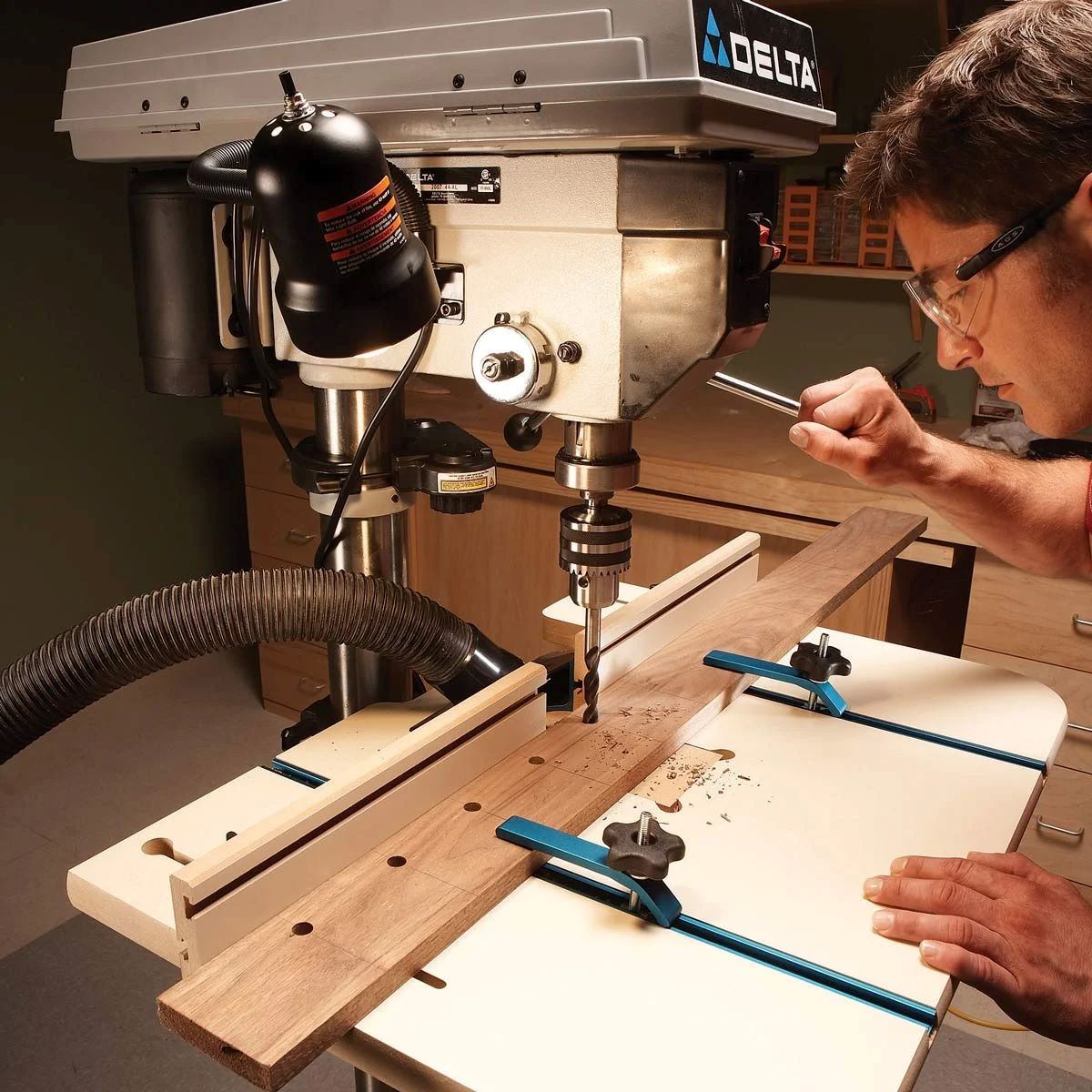
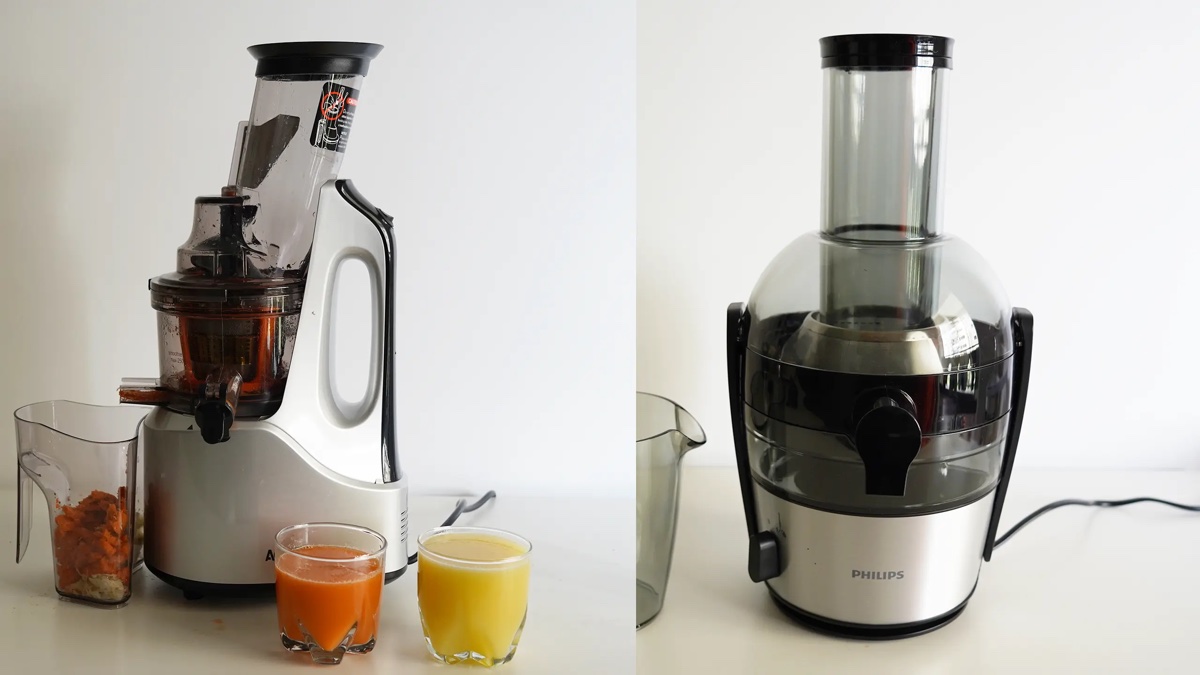


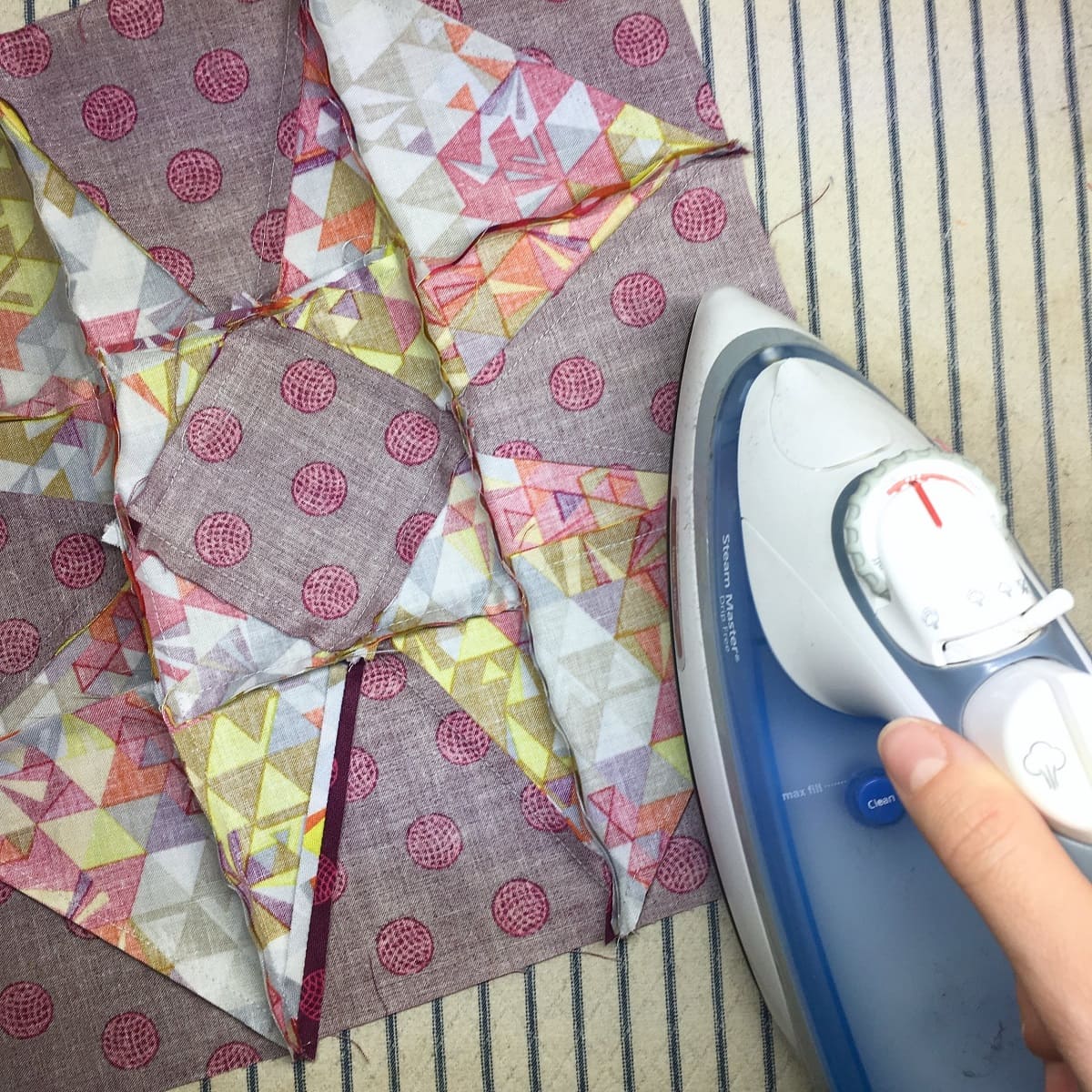




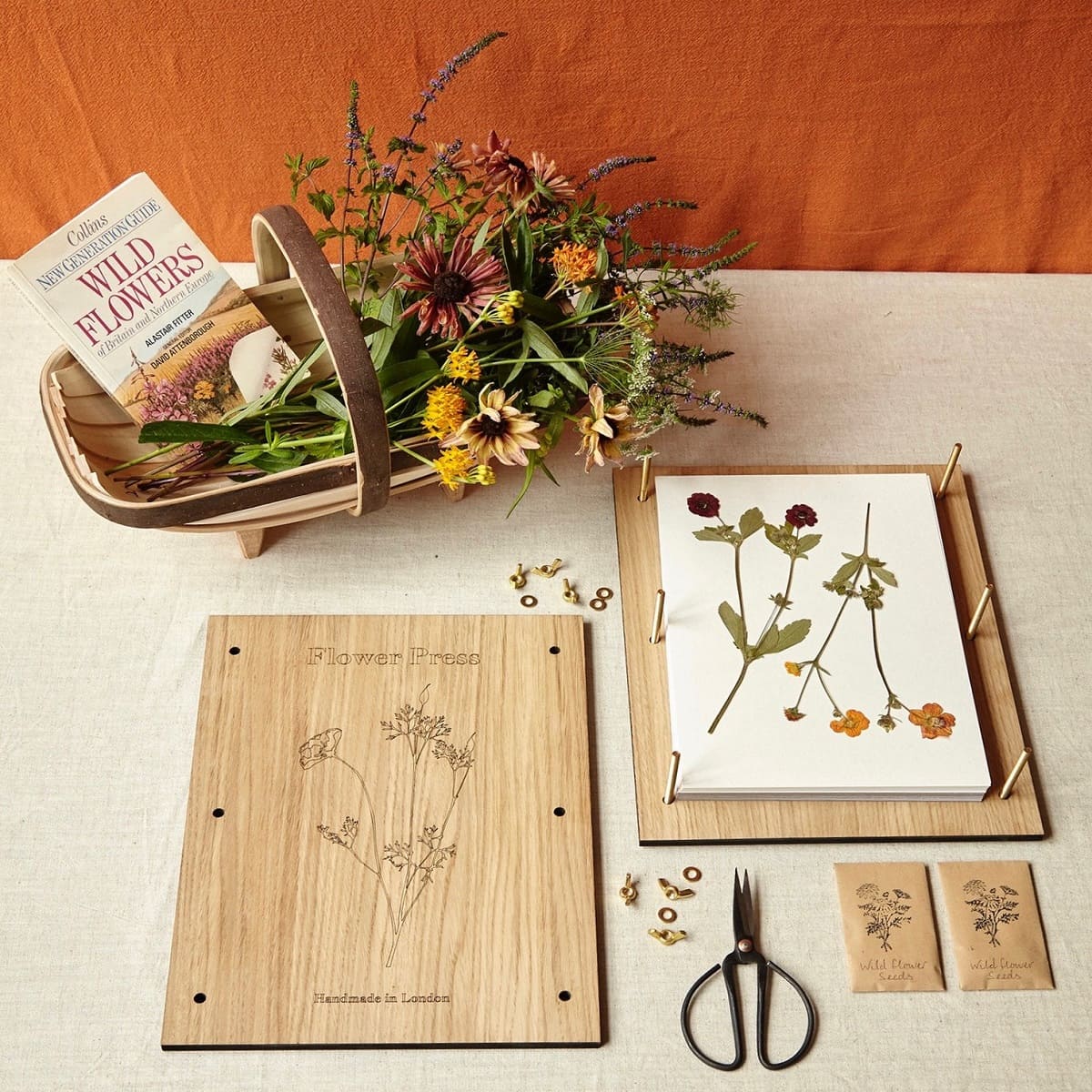
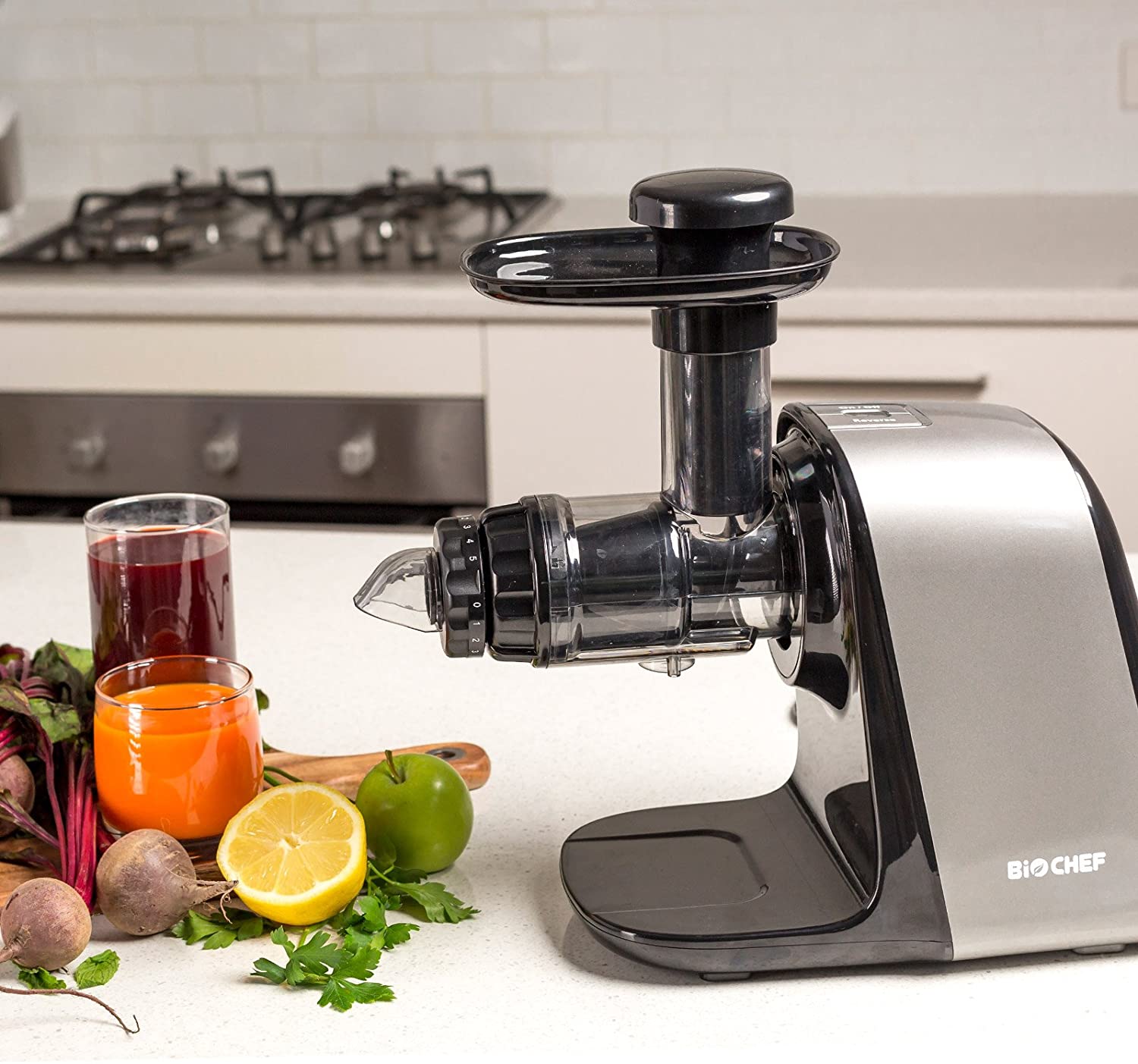


0 thoughts on “What Is Pressed Glass”